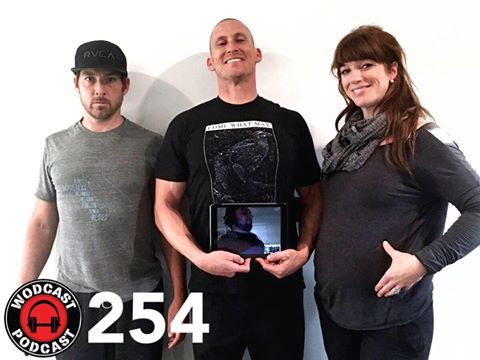
by admin | Feb 1, 2018 | Media
Dr. Theresa Larson, Head Physical Therapist at The Low Back Fix, dropped in to The Wodcast Podcast to discuss low back pain and digital rehabilitation. In this episode you will learn:
- What is Pelvic Floor Dysfunction?
- Digital Rehabilitation and the future of wellness?
- What is The Low Back Fix?
- Movement-Rx and why it is different than other PT clinics?
- Three things to do right now to help your back pain.
- What are the major causes of back pain?
- The CrossFit adaptive athlete course coming in 2017.
- How does the breath help back pain?
- Is there a cure for back pain?
- Who is the perfect candidate for The Low Back Fix digital rehabilitation program?
Dr. Theresa Larson Takes on The Wodcast Podcast
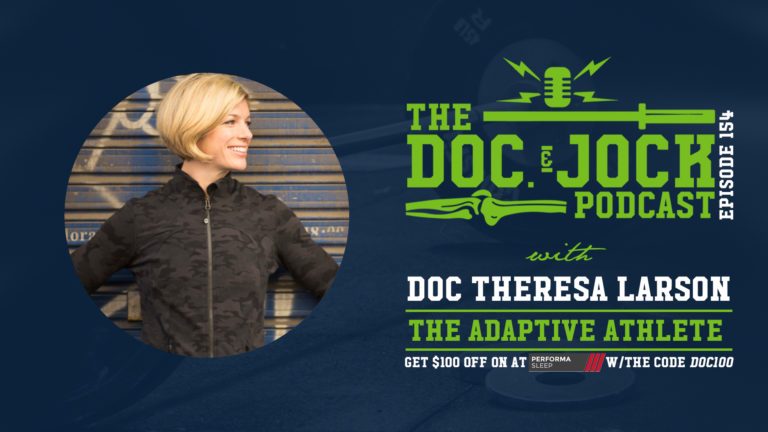
by admin | Feb 1, 2018 | Media
“All about working with the adaptive athlete.”
Coach Joe, Dr. Danny Matta, and I finally got together on skype and discussed the adaptive athlete, my favorite group of athletes to work with. Starting a class at Fathom CrossFit 4 years ago and expanding to Bear Republic CrossFit in downtown San Diego, the Adaptive Strength program I created is getting out there. We work with athletes who are veterans and civilians. Athletes who have amputations, spinal cord injuries, traumatic brain injuries, and even emotional wounds such as post- traumatic stress, depression, and addiction.
Adaptive means make suitable for a new use or purpose. The athletes we consider adaptive are ones who have experienced a permanent change in their life that they have had to work with. Their movements in everyday life, in sport, or in the gym are now permanently different. They may have adapted to the new range or ability they now have post permanent injury.
All of these athletes have led active lives before and are wanting to again or already do. They either surf, play basketball, ski, snowboard, hike. One of our athlete’s practices medicine, one runs a non-profit, one coaches a wheelchair basketball team, and one is a stay at home dad to name a few. It is pretty incredible the diversity and drive these athletes have.
I truly have never worked with a more resilient tribe. Most individuals that do work with me have experienced some sort of trauma. They have been injured by drive by shootings, hit by a boulder, snowboarding, motor vehicle accident, falling off a cliff, hit by an IED in Iraq or Aphganistan. These major traumas have not stopped these men and women for seeking what was next post their extensive rehabilitation experience.
I have really cherished running Adaptive Strength, my strength based programs for this crew OUTSIDE of the rehab setting. It is more motivating for them, they learn something new, it allows them to feel a part of something, feel normal, and gives them the opportunity to continue moving forward with their active life.
E154 | The Adaptive Athlete with Theresa Larson
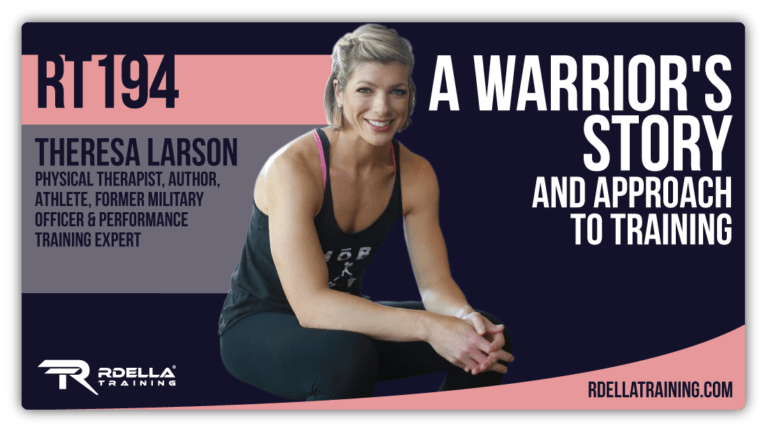
by admin | Feb 1, 2018 | Media
“What makes you strong! It is not just how much you lift.”
One of the very first fitness based podcasts I listened too was RDella Training by Scott RDella. I started listening to him while getting my doctorate as a physical therapist. I was overly excited that this guy (Scott) had found a way to use his physical therapy knowledge in the strength and conditioning environment. He is a tremendous example that a physical therapist does not have to confine themselves to rehab, they can truly cross over into performance as well. Both rehab and performance should go hand in hand. On this podcast, I was able to uncover some of what I have been working on and how it makes people strong. We talked about what it means to be a Warrior and how you do not have to be in battle to call yourself a Warrior. What you do need to do is take ownership of your health.
While I appreciate training intensely, I also appreciate training complimenting my life and adding to my longevity and happiness. We discussed low back pain exercises, low back pain, Movement Rx, The Low Back Fix, and why all of these are an integral part of my Warrior story. I need freedom, flexibility, time with those I love as part of my life. These systems allow me to achieve that and THAT is what living a Warrior life is all about, seeking out, finding, or developing what you need to live a healthy, happy, and fulfilling life.
I truly had a great time on this podcast sharing how all of this got started and how the process has been. It has not been easy, but it has been right. Every decision or situation that has happened or I experienced to get to where I am now, I am fully responsible for.
Listen to this podcast and learn how I define strength.
Dr. Theresa Larson – A Warrior’s Story And Approach To Performance
by admin | Jan 12, 2018 | Uncategorized
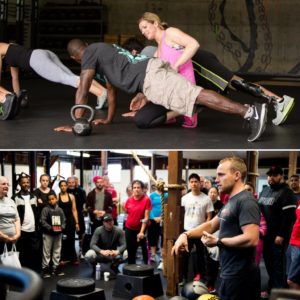
We find that there are so many fitness professionals who want to train adaptive athlete individuals but don’t know how to get started. There is a general lack of confidence in speaking with, programming for and coaching individuals with permanent impairments. As a result the population that needs the most help, gets the least. To bridge this gap, yours truly and Max Conserva, an adaptive athlete of Goodlegproject.org, have come together to create an introductory course for training this population. With thousands of hours working with adaptive athletes, we have distilled the practice down to the essential knowledge needed for any professional to get started.
Having mentored coaches of all types on working with adaptive athletes, we have designed this course to answer all the most common questions:
- How do I talk to the disabled population?
- How do I adapt my programing to the impaired population?
- What are the most common types of impairments?
- What are the most common types of medical equipment?
- How do I adapt movement X, to an athlete with condition Y?
To answers these questions we start with a high level discussion of function and drill down all the way to adapting specific movements. The course starts with a general introduction to functional movement as a concept. We then explore what differentiates normal vs. abnormal movement. With the general foundation of normal movement in hand we can now focus on the adaptive athlete population in particular. First by understanding how to talk with and coach an impaired athlete, then secondly how to think about programming for that athlete. Once these general techniques are understood, we can next take a deep dive into the four major impairment categories: Lower Limb, Upper Limb, Wheeled, Traumatic Brain Injury & other Invisible Wounds . We then spend the remainder of the course detailing how each of the major functional movements interact with each of these impairments.
This course will help any fitness professional make their offering more inclusive. It is designed for athletic trainers & personal trainers who want to open their practice to the impaired population. For rehab professionalswho want to move from the clinic to the training room. And for group fitness coaches who want to incorporate the impaired population into their class programming.
If you want to work with the impaired population, this is the course to get started.
Learning Objectives
- Understand basic functional human movement as it applies to major permanent physical impairments
- Gain confidence initiating the conversation and building a relationship with this population
- Learn the fundamental strategies to adapt movements for all major impairments
- Be aware of all the most common impairments and medical devices
- How to safely and effectively adapt common training movements for all of these major impairments
To Sign Up for the Course, Click Here: Adaptive Athlete Course

by admin | Nov 15, 2017 | Uncategorized
How Much Pain Are You In?
Warriors, ask yourself that simple question and scale the response 1-10. A one is happy, healthy, and pain free. A ten means, well I do not know what ten means.
It could mean that you are in excruciating pain from a knee injury. It could mean that you have never felt something this painful but it is not at the highest end of your pain tolerance.
How does it compare to someone else’s, “ten.”
If your pain tolerance is higher than someone else’s, that 10 now has some depth to it. It may actually be a seven to you but a 10+ to them.
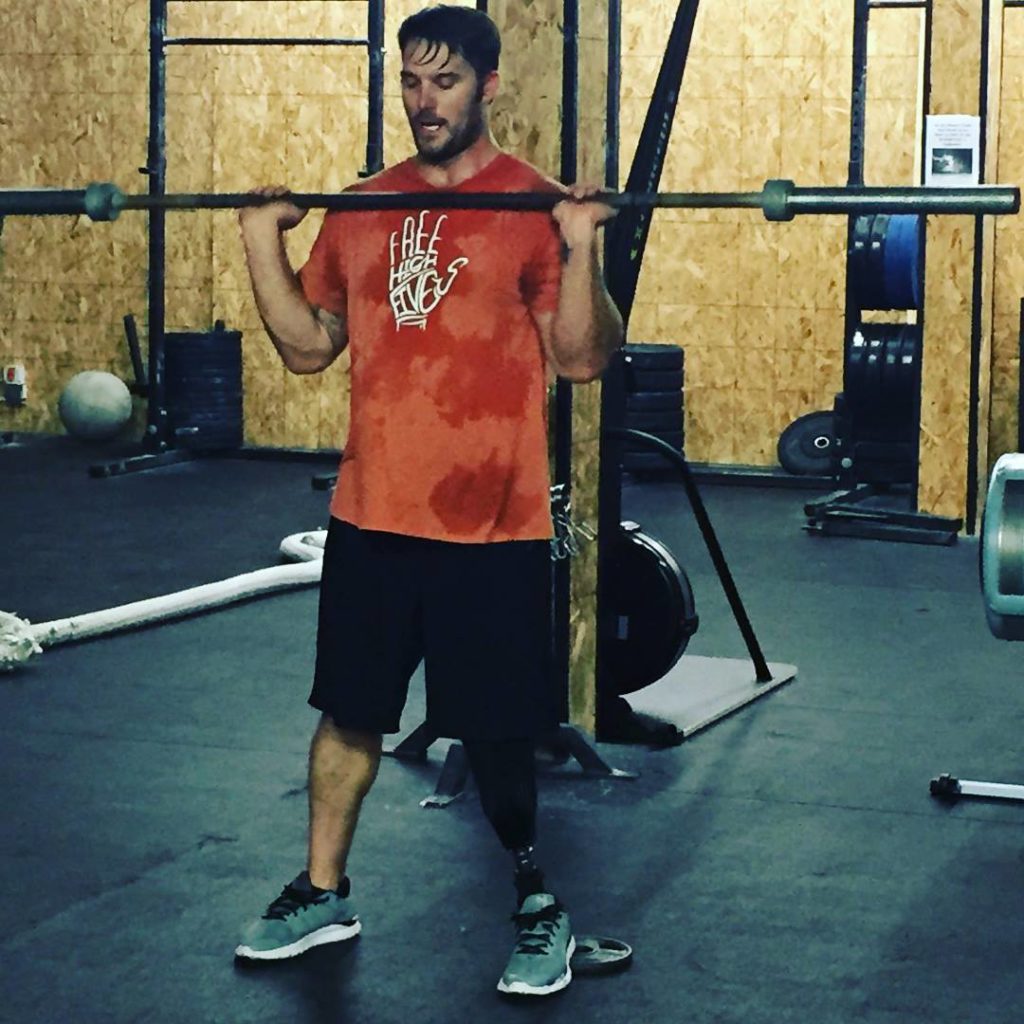
How does your pain relate to an amputee that suffers from phantom limbs syndrome? A person that wakes up every morning and has to relive losing his leg, feeling the break, and knowing all along that he does not actually have a leg there anymore.
Pain Lives In Between Your Ears
Recently, at an adaptive athlete event, I was lucky enough to be introduced to an amputee that lived that story. He lost his leg in an accident. His brain, however, would run through the accident every morning and relive the pain he felt that day. The brain never fully comprehended that the leg was missing.
Instead of recognizing the missing limb, it created a story, replayed every morning as to why that leg was not there. The only way to make sense of it was to live through the accident every morning.
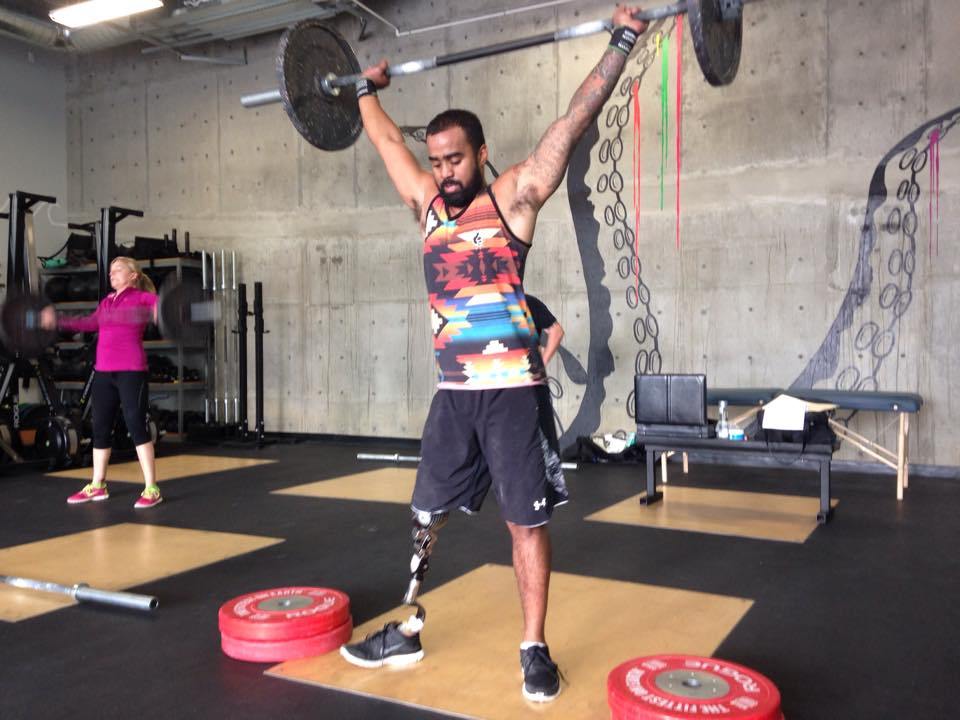
Through breathwork, he was able to train his brain and nervous system to calm his nervous system.
The breath is a tool you can use to change your mental and physical state through rewiring the nervous system.
I am deeply interested in understanding the breath and its role in mental and physical health. Please check out the article I wrote on training your nervous system by clicking here.







